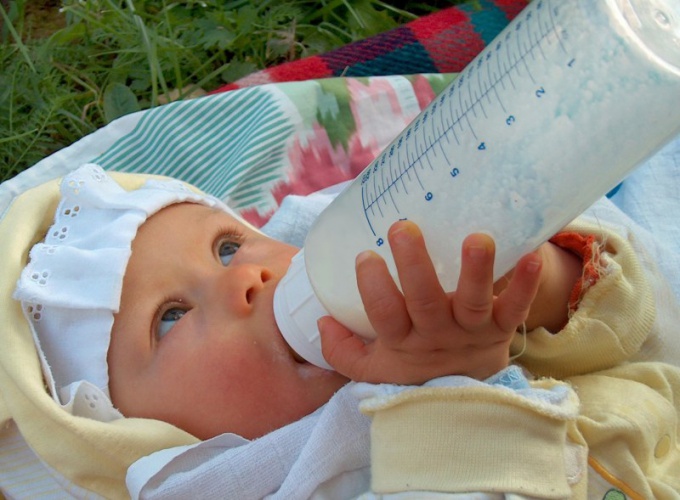You will need
- - a food diary;
- - hygrometer;
- thermometer;
- - guidelines for medicines you take or give your child.
Instruction
1
New toddler pimples and diaper rash are likely to worry parents. Inspect the rash, determine where it came from. In exudative-catarrhal diathesis, the skin often becomes red, starts to peel off, forming scales. Affected not only the public part of the head, but hairy. When putnicka are small pimples, they are located can be throughout the body.
2
Pay attention to the conditions in which the child is. Prickly heat usually occurs at too high temperature or high humidity. Check conditions on the thermometer and hygrometer. View whether you are not very Kuta of the child and whether the time spend hygienic procedures. Prickly heat disappears quickly as soon as you bring the humidity and temperature to normal. Diathesis will not disappear.
3
Remember, then, the child appeared rash. This can be a introduction of complementary foods, the change of mixture, the use of drugs. If the baby has rashes, the cause of which you just recorded, this does not mean that it appeared diathesis. May be a typical Allergy.
4
It is important to know how much got "bad" product in the body of the child. For example, you calmly gave the kid half of the orange wedges in the day, and no rashes were not. When he accidentally ate two slices - a rash appeared. With typical allergies the next time the child eats a small amount of a hazardous product, no rash may not be. When diathesis it there anyway, because the nature of its occurrence is different. Often to distinguish typical allergic diathesis can only be a blood test for immunoglobulin. With typical allergies it is promoted, with exudative-catarrhal diathesis is often normal.
5
If possible, install the factor of heredity. Predisposition to certain diseases is often inherited. Interview next of kin, whether such a reaction from family members and what.
6
Remember what you ate during pregnancy and lactation. Exudative-catarrhal diathesis often occurs if the mother ate improperly, eaten in large quantity as coffee, citrus and some other products. To determine what exactly is the reaction of your baby, keep a food diary. Write down what foods you ate (if breastfeeding) or the baby itself, what was the reaction.
7
Consult your pediatrician. Tell him all about hereditary factors, and the products that feed the baby, and about the conditions of life. All this allows him to correctly identify your baby's condition and to take action. In some cases, in order to determine exactly what caused diathesis, requires a special analysis.
Note
Exudative-catarrhal diathesis occurs in a certain stage of development most children. But this does not mean that it is not necessary to fight. If you do not pay attention to him, he can go to a rather unpleasant disease - atopic dermatitis.
In addition to exudative-catarrhal diathesis, there are neuro-arthritic, lymphatico-gipoplasticheskaya. But usually these boundary conditions cause great concern of parents, therefore, to determine their own no one there necessary.
In addition to exudative-catarrhal diathesis, there are neuro-arthritic, lymphatico-gipoplasticheskaya. But usually these boundary conditions cause great concern of parents, therefore, to determine their own no one there necessary.
